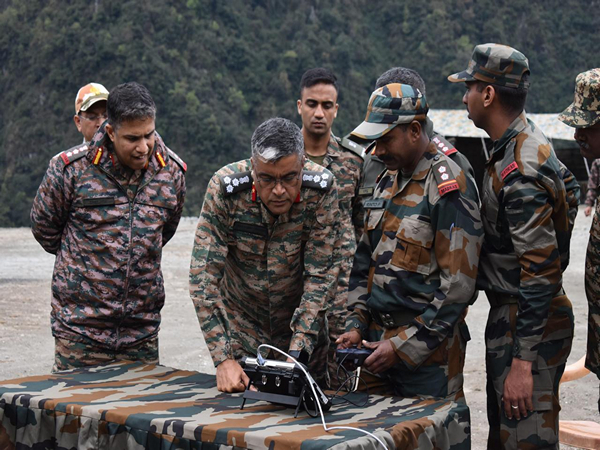India Enhances Disaster Preparedness with Joint HADR Workshop
A joint disaster management exercise in Papum Pare district emphasized efficient coordination across India's agencies. Participants included the Spear Corps, IAF, ITBP, CRPF, and NDRF. The event strengthened inter-agency collaboration and highlighted the importance of civil-military partnerships in enhancing disaster response readiness for future emergencies.

- Country:
- India
In an impressive display of cross-agency cooperation, a comprehensive joint Disaster Management Workshop and Exercise focusing on Humanitarian Assistance and Disaster Relief (HADR) operations took place in Papum Pare district. This event highlighted seamless coordination across India's disaster management network, with participation from the Spear Corps, the Indian Air Force (IAF), the Indo-Tibetan Border Police (ITBP), the Central Reserve Police Force (CRPF), resources from the National Disaster Response Force (NDRF), and the Ministry of Power.
The exercise demonstrated a unified and resilient strategy for handling large-scale emergencies, especially in remote and disaster-prone areas. Notable attendees included the Deputy Commissioner of Papum Pare, Mr. A. Balan, CEM Member, and Major General Ajay Kumar Verma (Retd), who serves as a Senior Consultant at NDMA, along with senior officials from the NDRF, ITBP, and the Indian Army. Their attendance underscored invaluable contributions and guidance for future operations.
This initiative significantly advanced inter-agency preparedness for upcoming HADR missions. It underscored civil-military integration as crucial for ensuring swift and effective disaster responses. By strengthening collaborations between civilian infrastructure agencies and armed forces, the exercise laid a solid foundation for more coordinated actions during future natural calamities.
The success of this joint endeavor illustrates India's strong commitment to bolstering resilience through proactive disaster preparedness, infrastructure fortification, and inter-agency partnerships. It emphasizes the essential role of civil-military collaboration in safeguarding communities, particularly in geostrategically crucial regions like the Northeast.
Simulated exercises such as this are vital for refining institutional response frameworks, guaranteeing timely relief delivery, and enhancing the nation's capability to endure future disasters. The expertise gained from this exercise is expected to play a defining role in shaping India's disaster management strategies moving forward.
(With inputs from agencies.)
ALSO READ
Indian Army's Spear Corps felicitate 44 students who cleared NEET, JEE after undergoing training in Red Shield Centre for Excellence and Wellness
Historic All-Women ITBP Expedition Embarks to Scale Mount Nun
Fresh vegetables from Arunachal to feed ITBP personnel
Recurring Crises: Indian Air Force Jaguar Crashes Again in Rajasthan
Tragic Loss of Indian Air Force Heroes in Jaguar Crash










